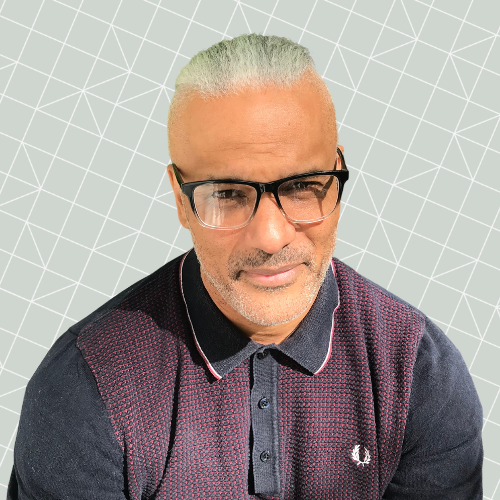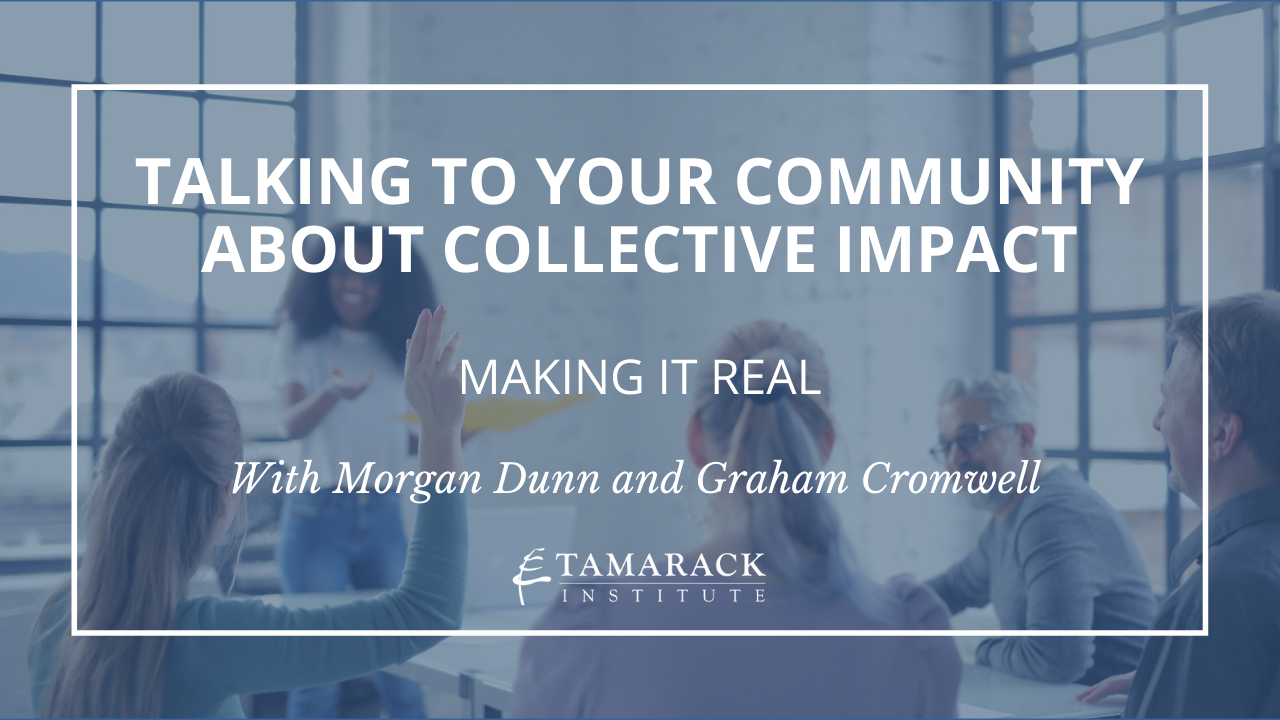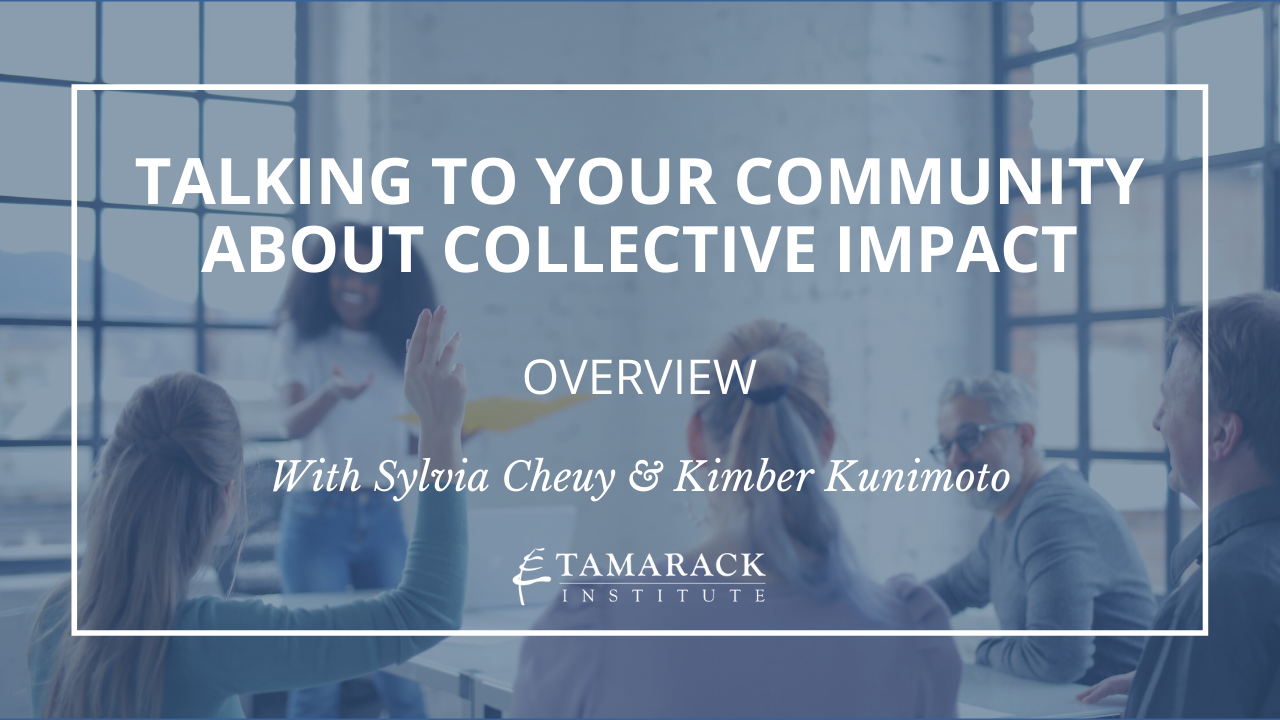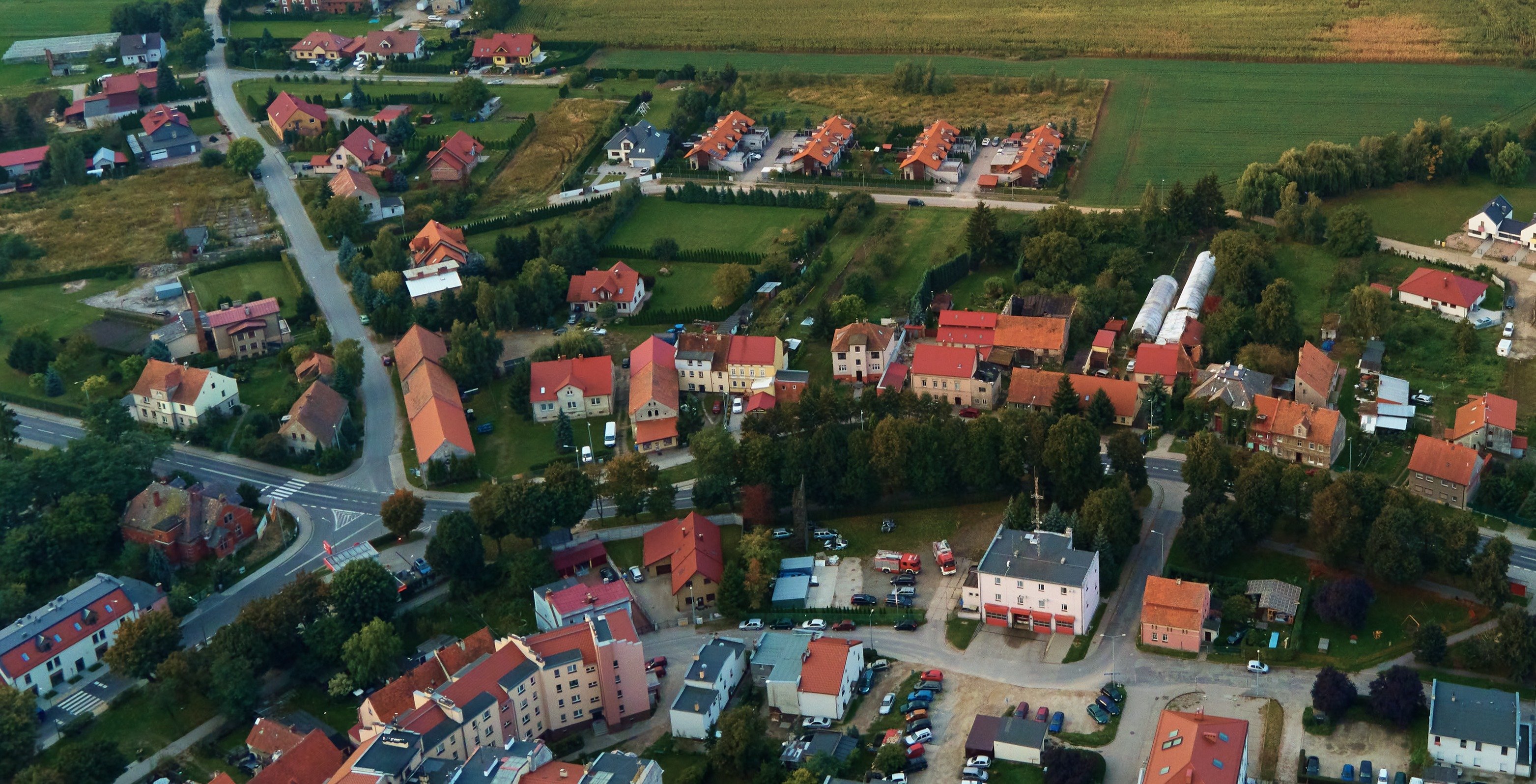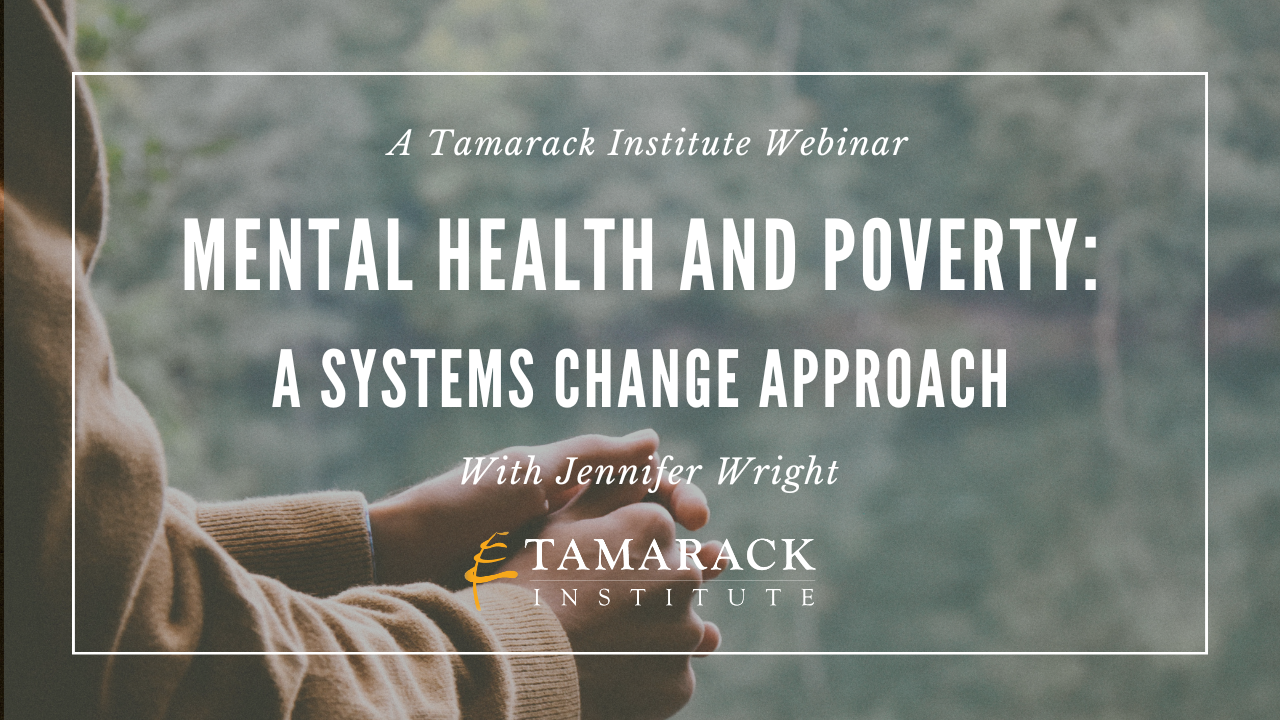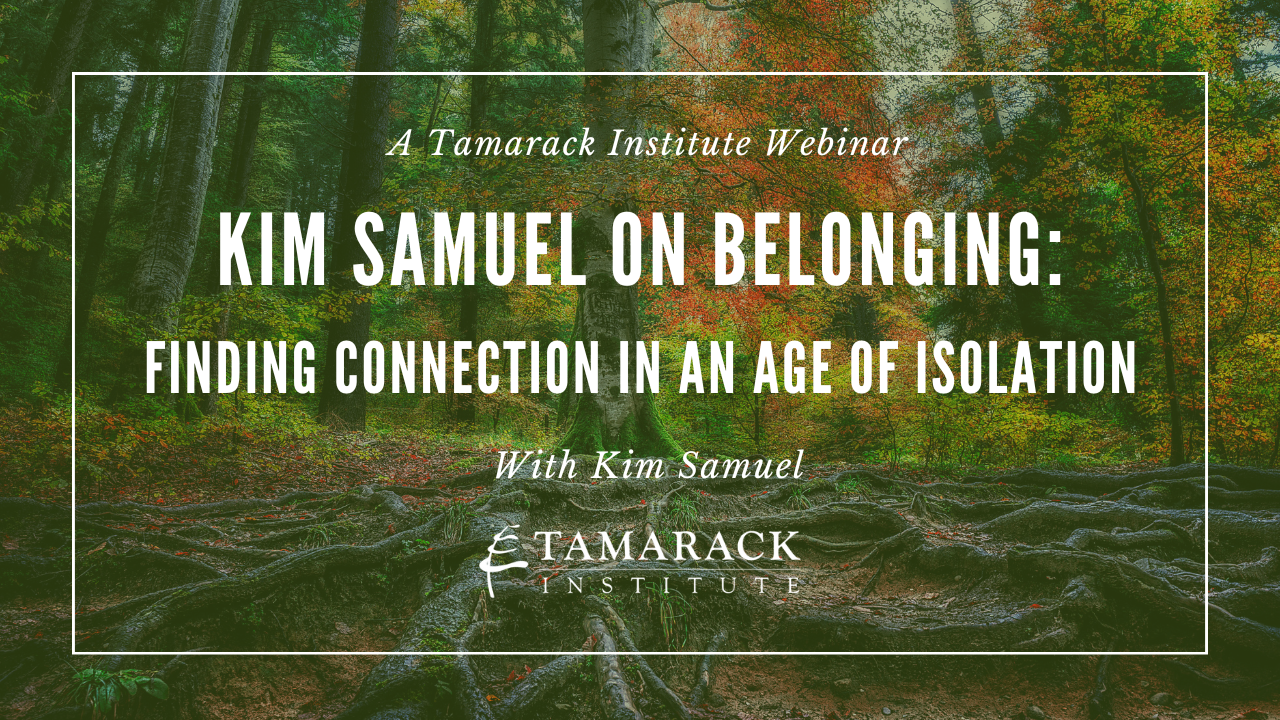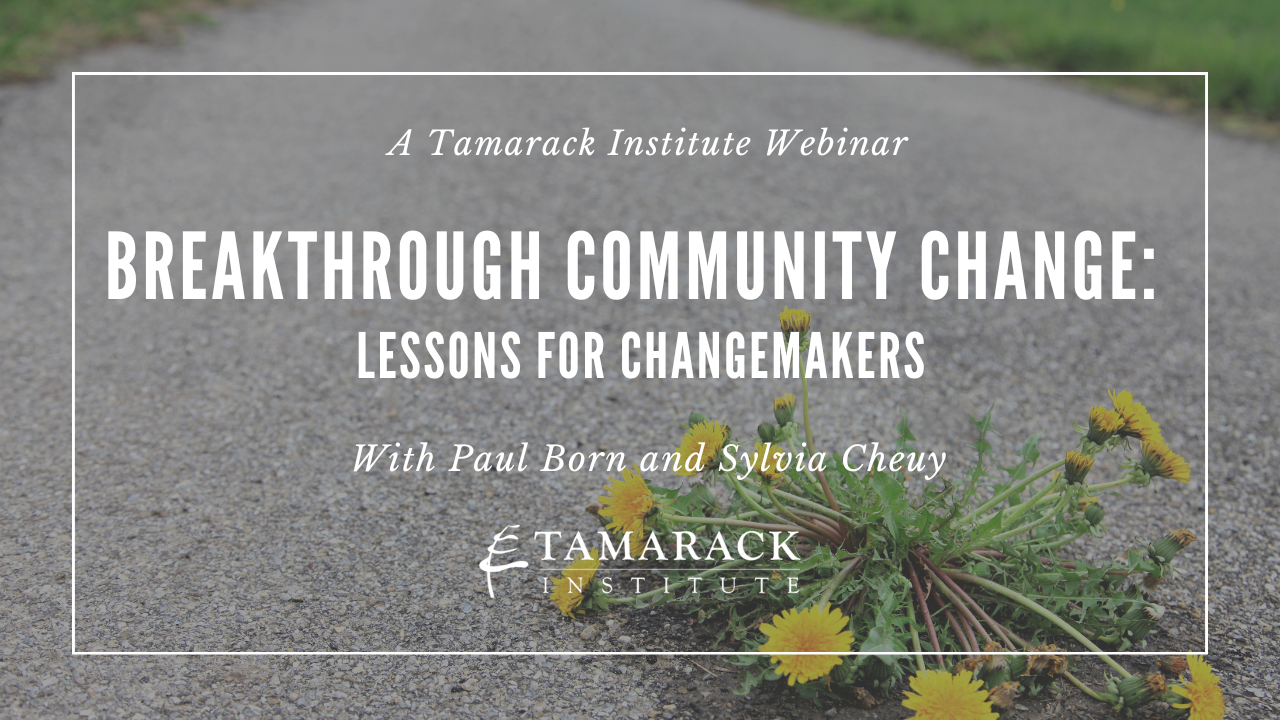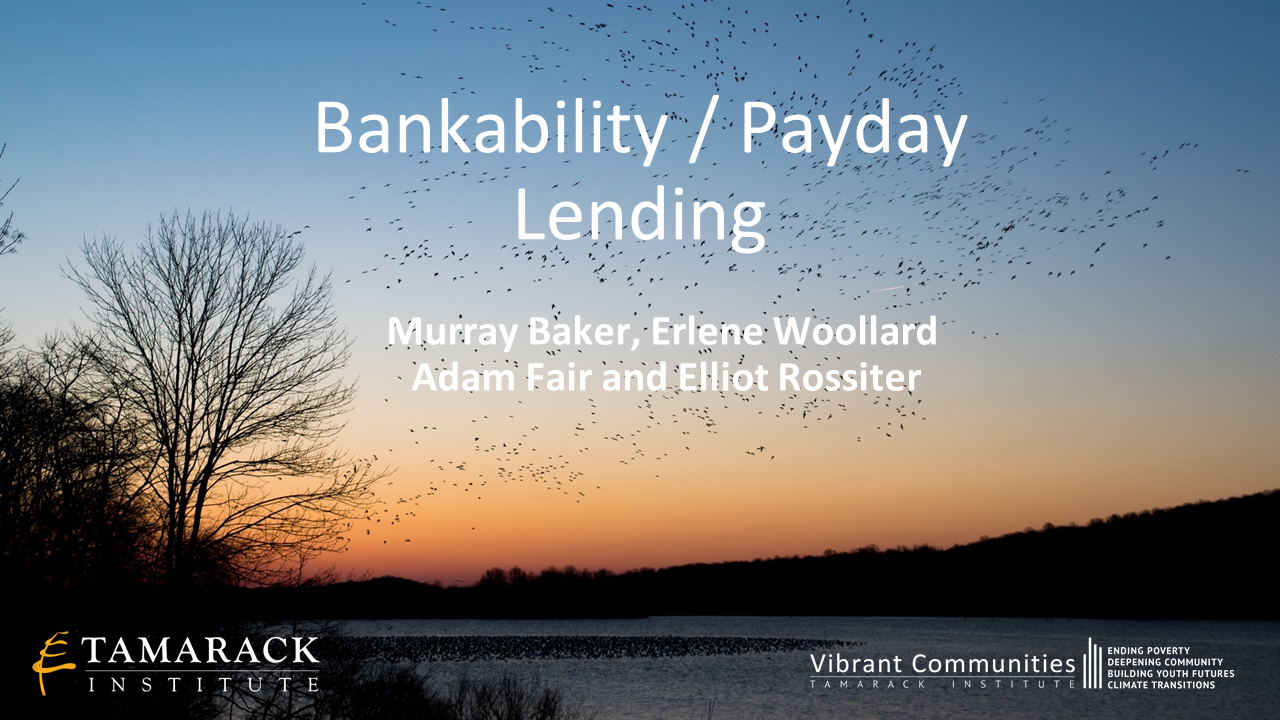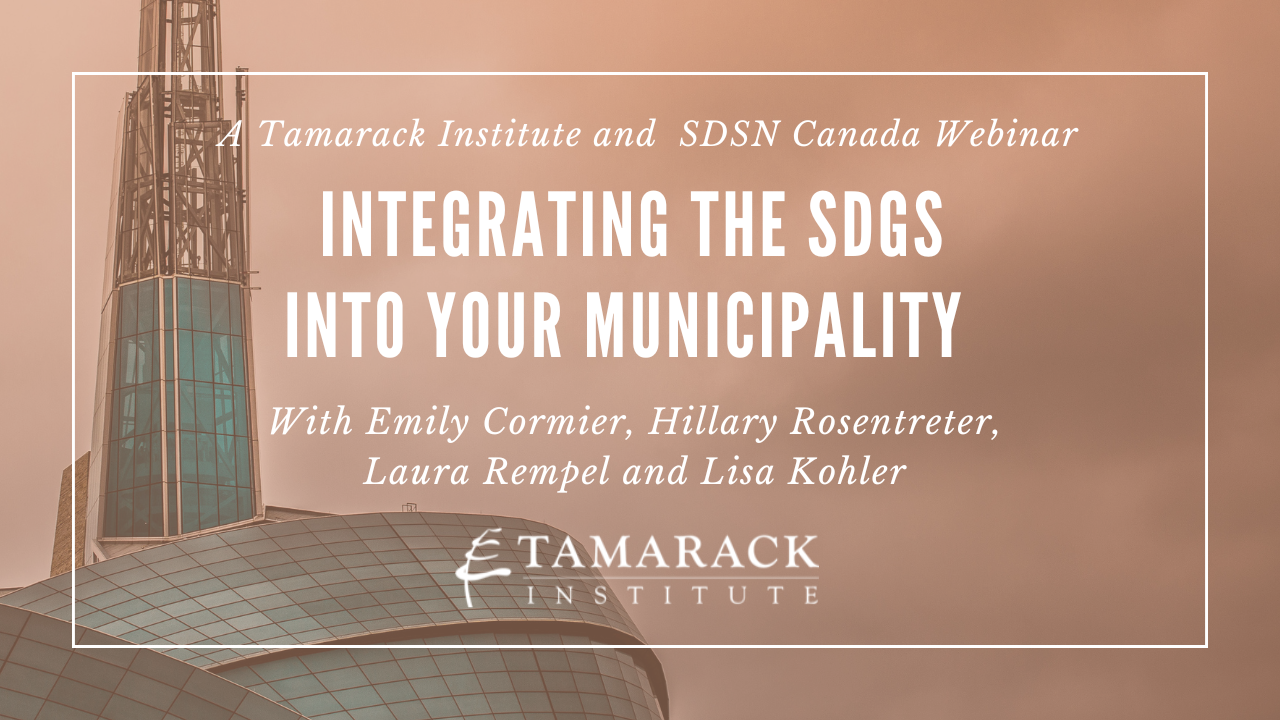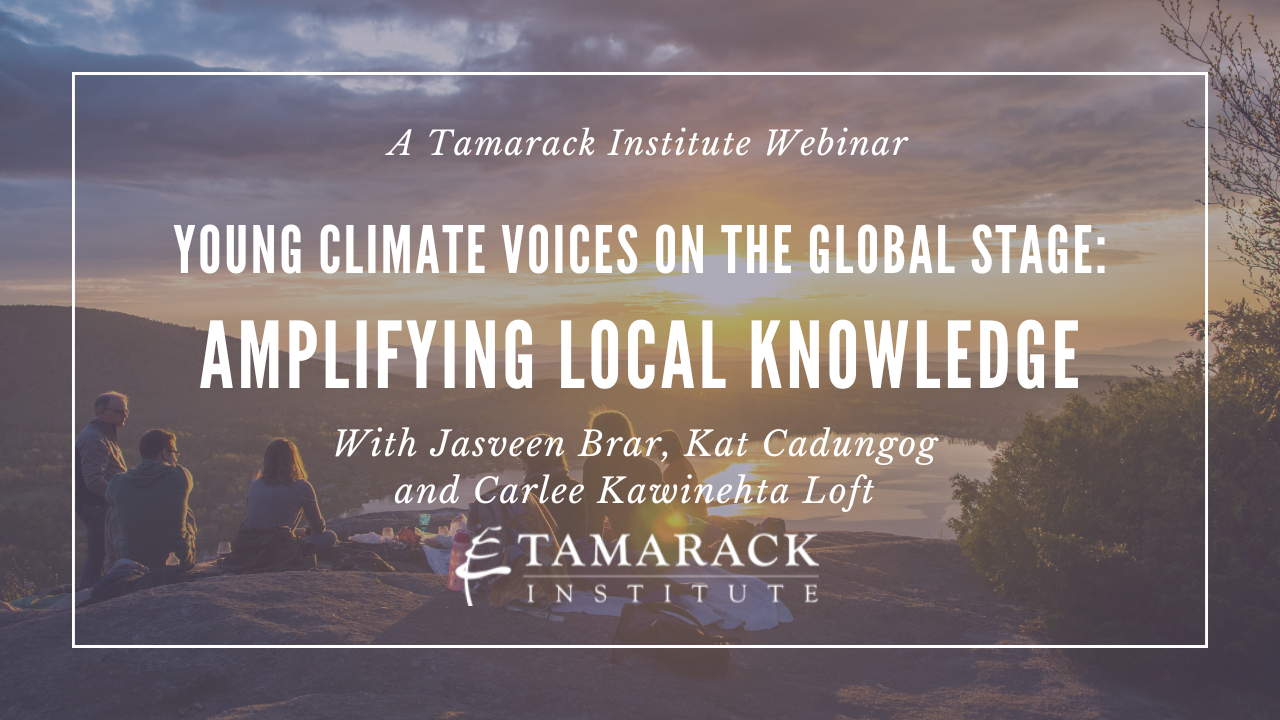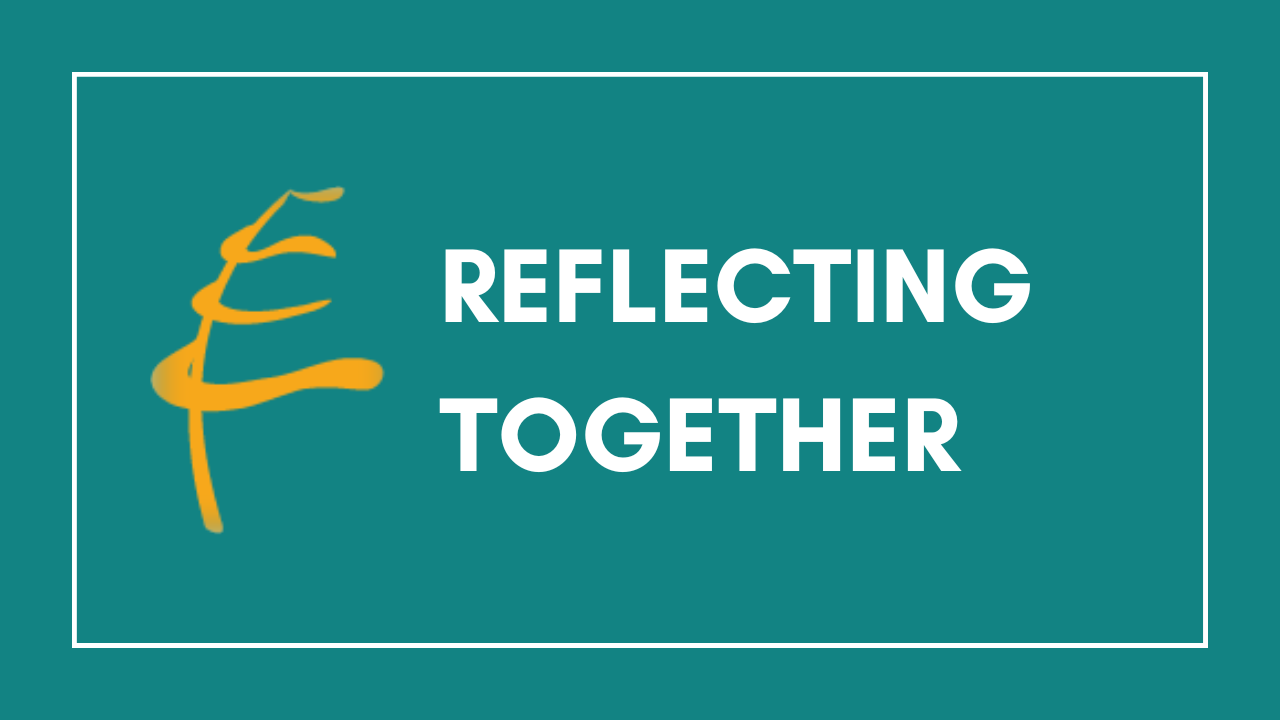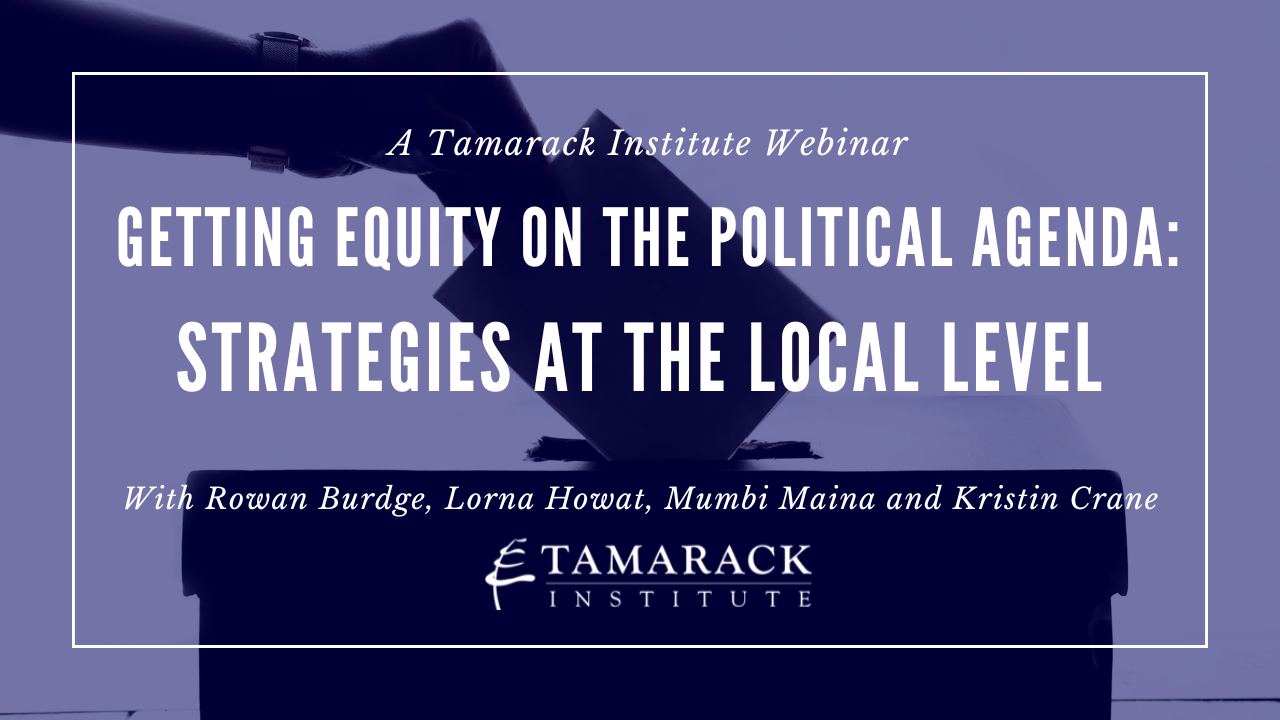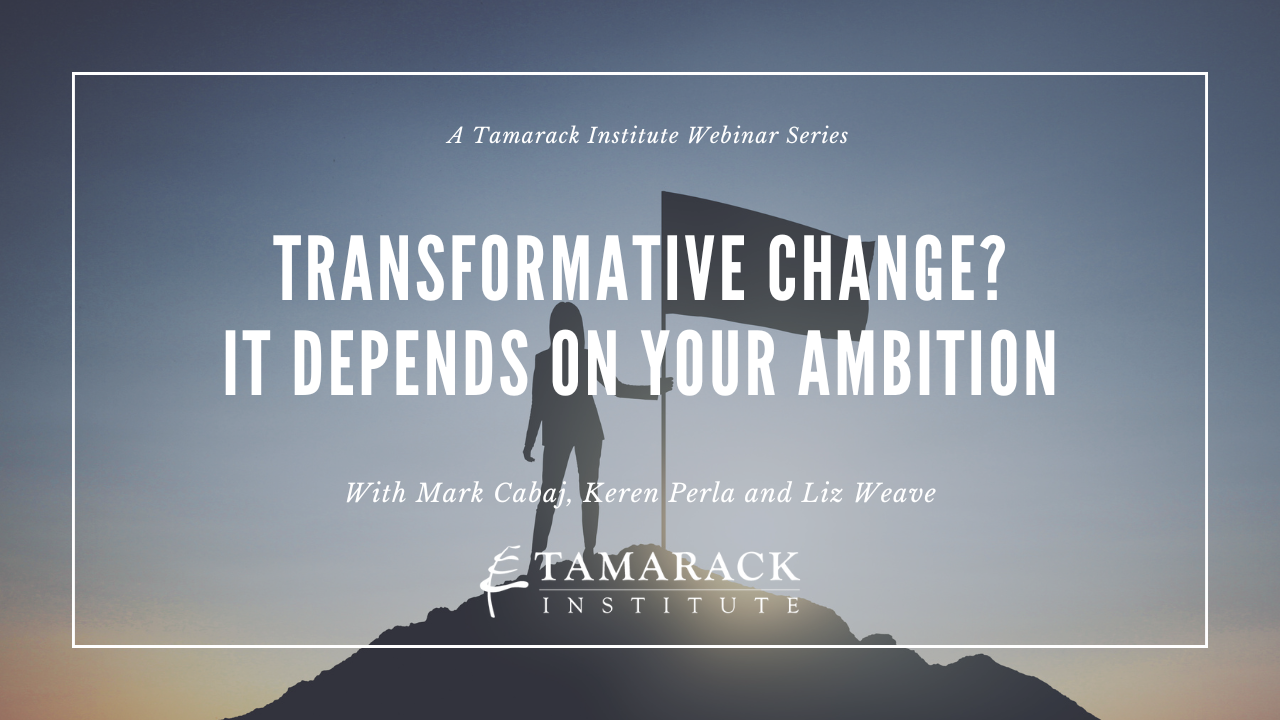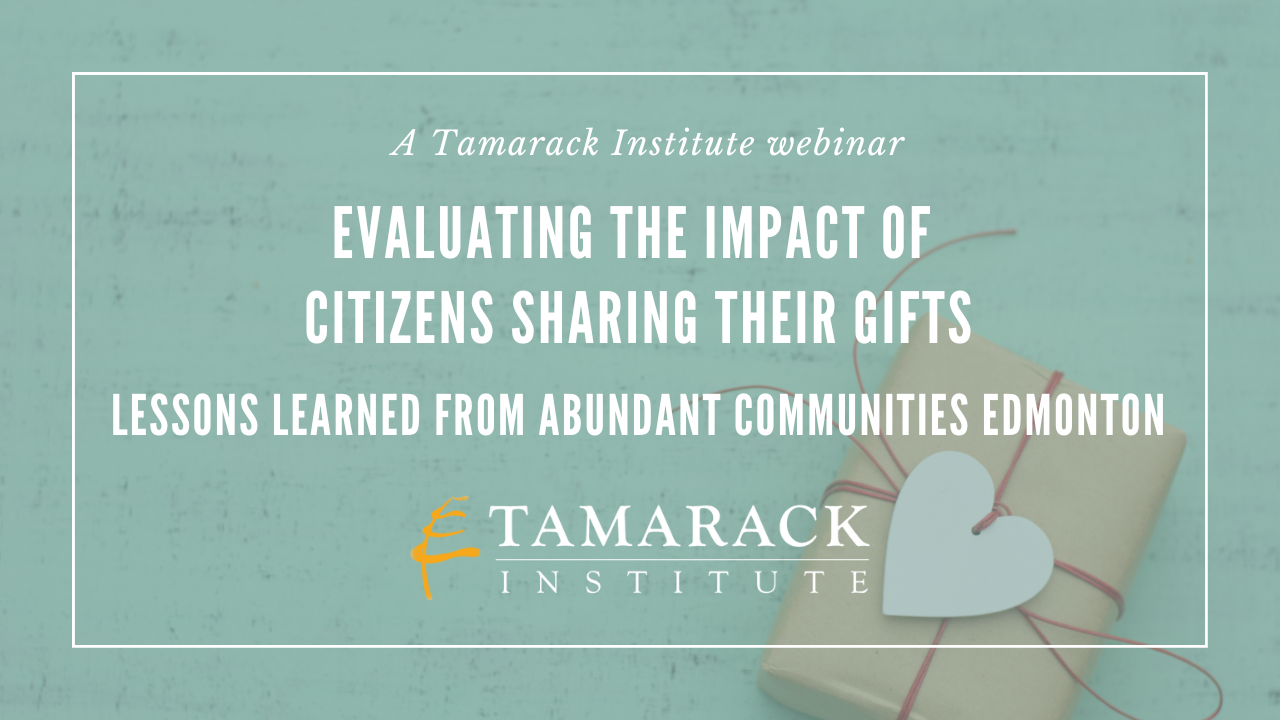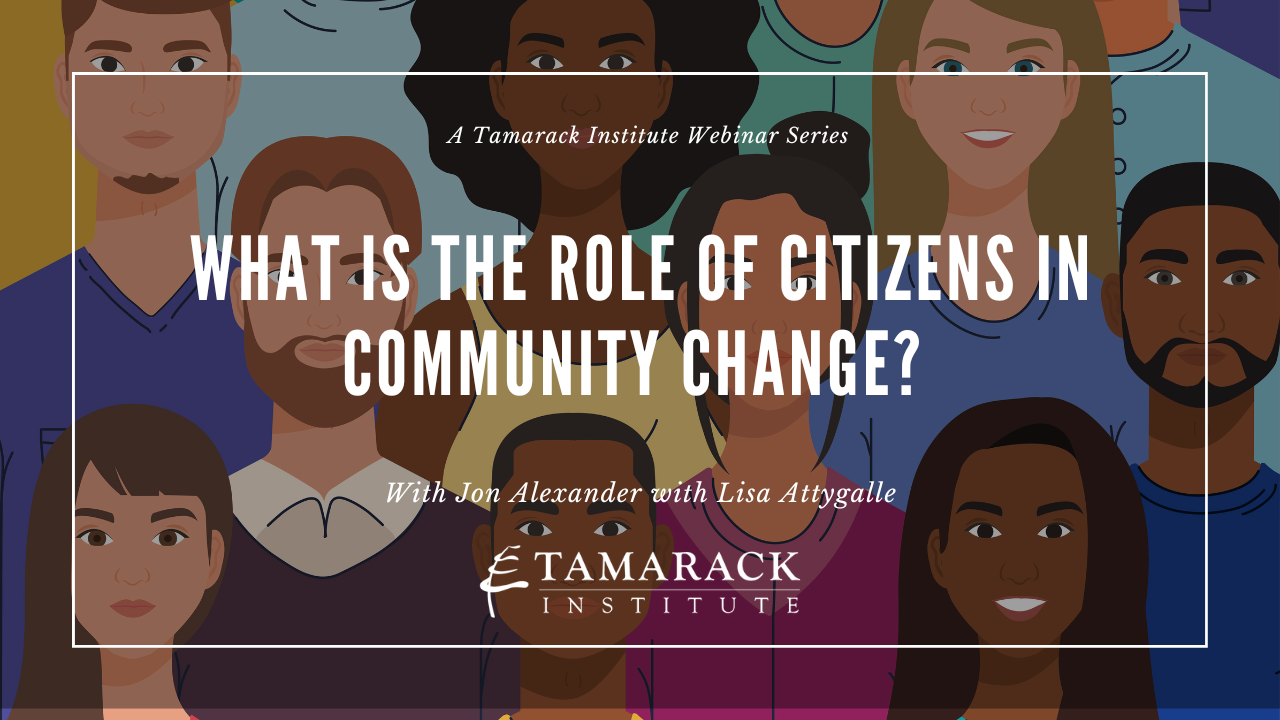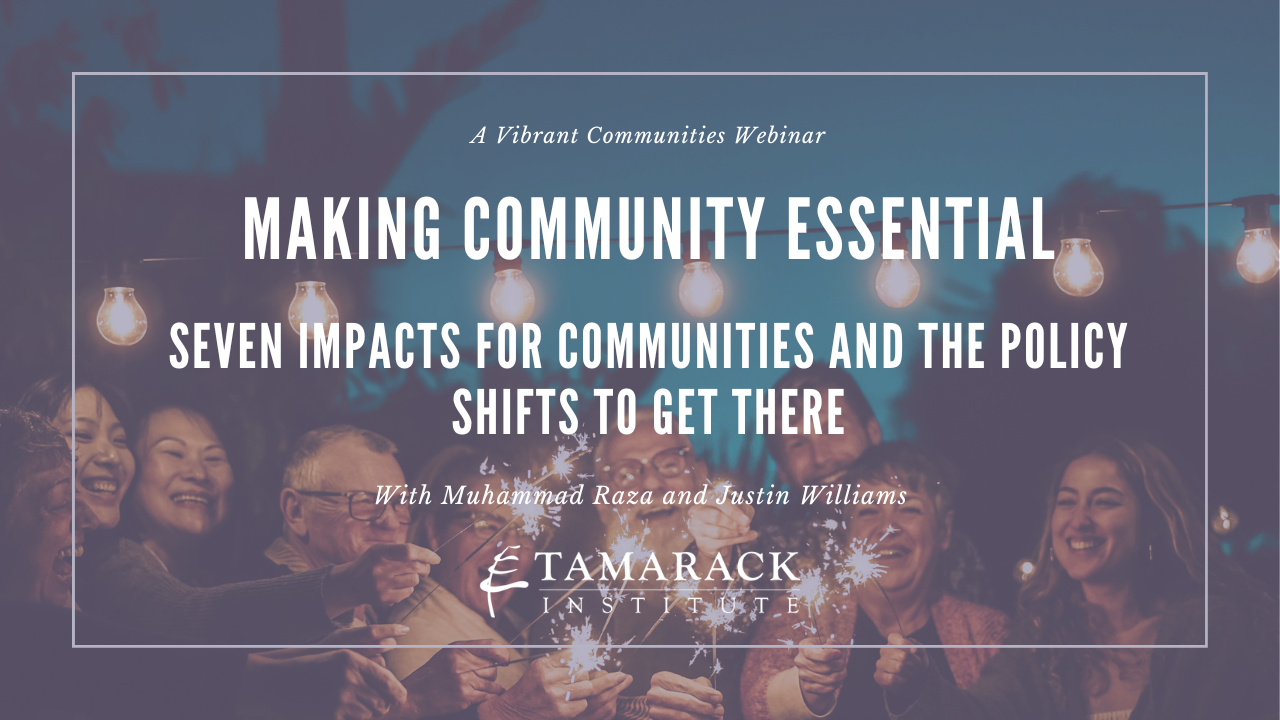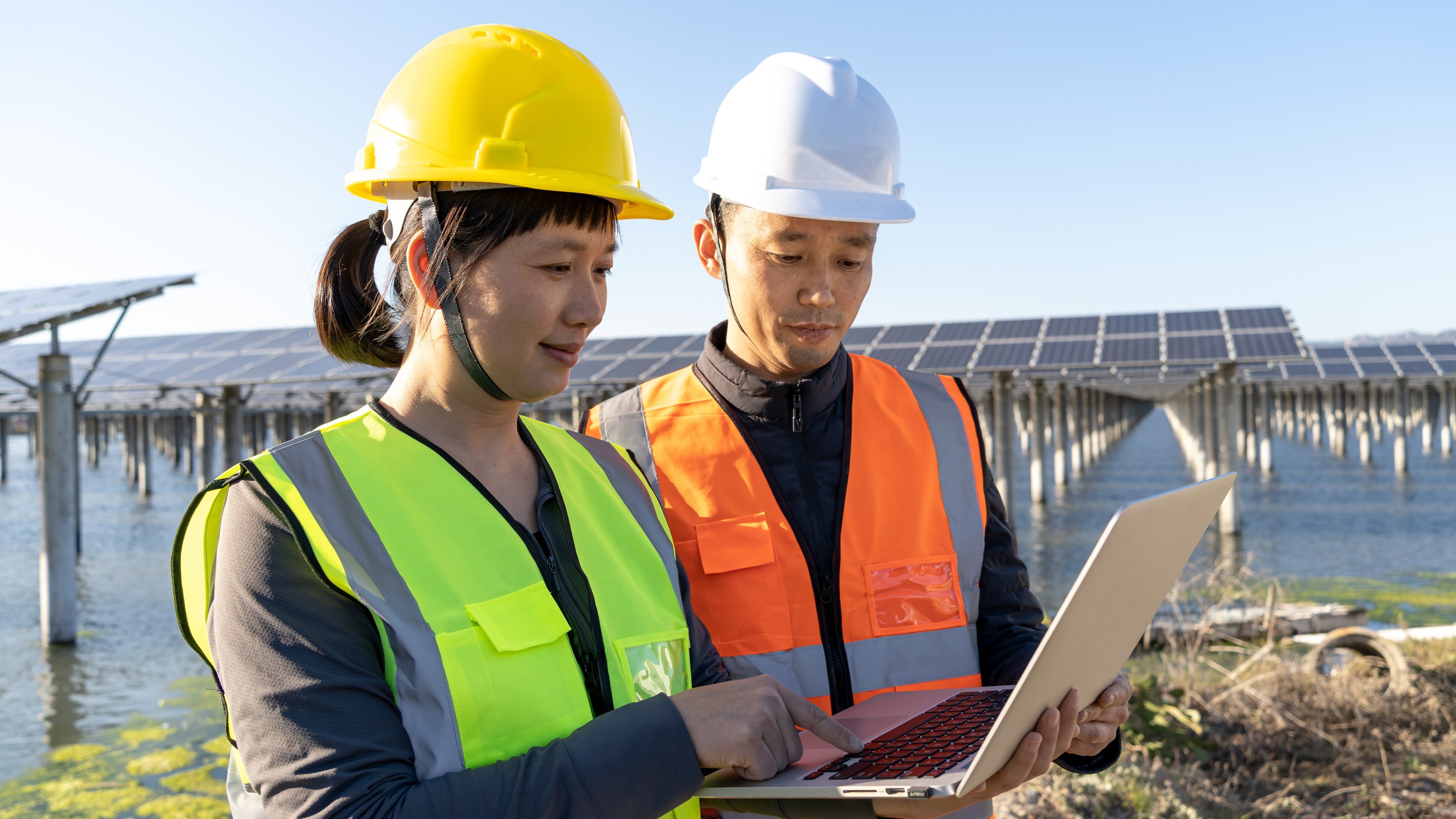Futures in community work – a 101
So much of what we do in community development and collaboration is future oriented. We work to plan strategically, to adapt to shifting funding contexts and structures, to pivot with the communities we work alongside, and to increase our inclusive and equitable impact. Much of this work is about shaping the future to better match our hopes for a more just and liberated world. To be clear, we also sustain and maintain, we contribute, and we connect, but implicit in our work is the assumption that we are working toward a better future for all.
However, how we see the future is often linked to how we see the current moment. It may not occur to us that much of how we envision and interact with any aspired-to Future(s) stems from how we see ourselves emerging from the past and how we structure our conceptions of the present. The mental models we internalize (the internal maps of how we perceive reality, and what we come to expect from it) – which are deeply based on our early lives, previous transformative experiences, and significant relationships and connections – come to define and constrain what we anticipate will happen in the near-, mid- and long-term futures. This anticipation colours and shapes what futures we see as desirable, preferable, possible, etc. Visually, we can think of ourselves at the leading edge of a wave of many possible futures, only one of which arrives on our shores. In Futures Studies, Anticipation Studies, and in the field of Foresight, we refer to this generally as a cone emanating out from us into the potential sea of future reality – The Futures Cone.

We see and interact with our future across a range of dimensions: Projected, Plausible, Probable, Possible, etc. and this is deeply shaped by the types of realities we anticipate happening.
If I mix a batch of cookies, and put them in the oven to bake, I can reasonably anticipate a projected future of having warm cookies in 25 minutes or so. If I didn’t chill the dough enough before baking however, I can reasonably assume a possible future of one large, melted-together cookie. Still delicious, but not what I would have projected if the cookie dough was sufficiently chilled. Of course, a jet engine may fall through my ceiling and ruin all hopes of cookies this afternoon, but for the most part, that’s a preposterous notion about the future (at least, for those of us living in the privileged west). I come to anticipate what is, in actuality an unknowable future, by grounding that anticipation in mental models of how cookies come to be, based on a lifetime of experiences interacting with the various realities of baking butter-based cookies.
This perhaps helps to underscore one of the central gifts of Futures Studies for systems change work, and why it has so much potential for our aspirational work alongside communities. If I am to deeply envision new, transformative, more equitable and just futures, it’s key for me to realise how I’m contained and constrained by the mental models that I carry with me. To imagine my way toward a liberated and equitable world, I may have to unsettle and trouble the ways in which I anticipate the arrival of a particular future.
To ground this example more firmly in community work, let’s imagine I’m working with a multi-partner, multisectoral coalition on the issue of climate mitigation in my community. In this context, my mental models have emerged from a western, capitalist economy where technological development and related economic growth (very specifically, revenue generation) have been promoted as the key agents of progressive societal change. In my efforts to co-design a strategy and common agenda for the collective, the range of ways forward are often contained and constrained by these mental models. If one aim is to mitigate climate change, I may only see technological developments or their related policy shifts as the primary, if not the only way forward (e.g., development of more electric vehicles and funding for electric fueling stations). If a secondary aim is to leverage the collective intelligence of the coalition, I’m immediately faced with the fact that most of the coalition participants and leaders share many of the same mental models and we’ll lack a diversity of perspectives that might allow for a truly transformative shift.
Futures studies and the related fields of Anticipation studies and Foresight present us with a range of knowledge, mindsets, methods, and tools for creatively imagining and somatically feeling out various types of futures. It helps us to re-evaluate alternate pasts and importantly, to constructively and generatively challenge the mental models for how we form and interact with the types of futures we consider as desirable, projected, possible, probable and so on. Imagining truly transformative worlds calls on us to allow that transformative energy to ripple all the way through our expectations and anticipations, transforming how we even see ourselves in the present and past. Futures approaches and tools can offer us a way to disrupt our expectation for the linear and predictable, allowing room for the creatively speculative and deeply transformative to take root and grow. In this way, these approaches enable a departure from traditional methods and invite alternate ways of knowing, being, and becoming in the world, present and future.
Three Futures Tools for Community Change
In the next section we will begin to explore some of these approaches in detail, using examples from community-based work. We will look at:
Forecasting and Backcasting – an approach to facilitating collective co-design that has been evolving as a key component of strategic planning in the community sector in recent years.
The Futures Triangle – a way to explore a specific topic, plan, or intervention through the interplay of three key parameters: the weight of past knowledge and ideas, the way that current knowledge and ideas push us into types of futures, and the way we are pulled into various types of futures.
Futures Literacy Laboratories – a sophisticated and well-developed but approachable way to creatively identify, unpack, and challenge existing mental models, along with its broad family of methods for how we might start to shift mindsets and imaginatively co-create images and ideas of futures not predicated on the same forces that have led us to our current ‘now’.
Forecasting & Backcasting
The forecasting/backcasting toolkit is part of the Futures family of facilitation approaches and presents an impactful but relatively simple and enjoyable approach to bringing ideas about the future into our current thinking, planning and strategizing in community work. These approaches can help individuals and groups facilitate a visioning or planning process that is grounded in evidence and lived experience. At the same time, the process aims to disrupt our expectations about what shared future successes might look like and how we can work together to bring aspirational futures into focus, allowing for more collective alignment, purpose, and engagement in planning and strategy.

When we engage in organizational strategic thinking or planning to design a common agenda, one of the key tasks is spending time in possible futures to better enable a grounded and informed process for predicting how our collaborative, coalition or organization might prepare to operate effectively in new and emerging contexts. The future contexts within which we operate will inevitably change over time, and futures-oriented strategic planning efforts such as this allow us to plan ways to leverage resources and assets in the most effective and impactful manner in the pursuit of mission, vision, and stated objectives and goals. In effect, our planning efforts can become more adaptive and resilient to change when we employ these approaches.
While this may well be a bit of an oversimplification, generally speaking, forecasting is the process of speculating on potential futures based on current data, trends, lived experiences, and stories. It involves projecting what is potentially likely to happen in the future by analyzing and interacting with this past and present information. In our practice as agents of community change, the goal of forecasting is to estimate future conditions or trends using statistical data, stories of lived experiences, and expert judgment from community members and changemakers.
Backcasting then is the process of ‘walking backwards’ from these possible futures, identifying steps which might realistically help us build and prepare for the possible/probable/plausible futures. It is a method of tactical planning where you start with a specific speculated future state and work backward to identify the types of actions, assets, and resources needed to positively interact with that future state. Instead of predicting how things will unfold, backcasting helps us to identify how to make a particular future outcome more connected and navigable in our strategic plans and operational realities.
The Futures Triangle
The Futures Triangle is a foresight tool which is often used as a method for developing a robust and actionable analysis of the realities that can emerge when implementing a futures-oriented plan or strategy. It can help groups and individuals to tease out the drivers of change and identify the barriers to change when trying to carry out a plan. It aims to help participants map three components of Futures thinking – the Weight of History, the Push of the Present, and the Pull of the Future – so that plans can more accurately address desired and plausible futures when they are deployed in the real world. It is often used as a problem framing device when strategizing; helping to illuminate and usefully categorise the sets of tensions and forces that different images and ‘mental models’ of the future can bring to the surface. By looking at each corner of the triangle, participants can:
- Explore the images and stories about the future that are shaping how we transform the world into something new – The Pull of the Future.
- The trends and patterns that are driving certain types of change over other types of change (e.g., carbon capture versus shift to sustainable energies) – The Push of the Present.
- The barriers to change (often structural and systemic) that help to keep the present from changing in adaptive and transformative ways – The Weight of the Past.

If we take, for example, the large set of questions and social concerns that make up the context of ending homelessness in our society, the futures triangle can help us to usefully trouble and open a dialogue about transformative ways forward that can augment and amplify our efforts to reform the current context in our efforts to collectively build toward truly aspirational futures around homelessness.
In this example, the Pull of the Future asks us to consider what drivers of change are pulling us into certain types of possible futures, what futures seem probable, and what competing types of future images present themselves. Generational shifts, human migration, and escalating regional conflicts, for example, will likely drive futures that centre discussions of diverse housing and human dignity. This data also prompts us to expand our analysis of homelessness as a larger, integrated issue of human thriving, human safety, and our desires to live a dignified life in multicultural communities with diversified types of dwellings that reflect diverse cultural approaches to building community.
The Push of the Present asks us to consider what is happening around this issue now? What drivers of change are pushing us towards certain types of futures now? For example, has housing-as-investment reached a turning point in society? Is rural-to-urban migration prompting us to reinvestigate rural economic development in new ways? This corner of the Futures Triangle is particularly open to current, quantitative data and can bring a degree of pragmatism to the analysis that can be rather useful for multisectoral dialogue.
The Weight of the Past asks us to consider what the traditional barriers to change have been. What is holding us back from making positive change in this area, and what are the systemic or structural realities we’ll need to explore to move ahead differently? How have governments used social housing to address housing shortages in the past? What are the risks and benefits to this approach, and how have they manifested in the current context? What are the stories of lived experiences with homelessness from the past that can help redefine the dialogue in the now?
The futures triangle enables a broad, cohesive but imaginative approach to the use of quantitative data, aspirational imaginaries, and stories of lived experience – the numbers and narratives – to build a robust image of the drivers of change we should explore to imagine and build futures that can enable both reformation and transformation.
Futures Literacy Laboratory
Grounded in the growing field of Futures Literacy, Futures Literacy Labs (FLL), is a mature, sophisticated, and well documented Futures approach (or set of approaches) and family of methods for working with groups of people in engaging, hands-on, popular-education-type learning and co-design experiences. Its broad aim is to help people ‘use’ the future in more productive and effective ways as they plan and strategize together. While always being shaped by the participants' context and goals, the facilitation process encourages group participation through the approach of “reveal, reframe, and rethink.” This method helps to productively challenge the assumptions and mental models we often rely on when imagining the future – if we are able to imagine it at all. Founded by Riel Miller and colleagues at UNESCO, it is often positioned as a “capability-based approach to futures” which helps participants to “use the future to rethink the present”, which can in turn “foster diverse futures”.

FLL avoids the trap of trying to predict a future by first helping participants to reveal the ways they use existing assumptions, images, stories, and experiences to currently frame future imaginaries. Participants explore expected and desirable futures, and in the process illuminate for each other the assumptions they use in the process. It then works to explore those assumptions, helping to reframe how these mental models can be both useful but also troublesome, aiming to help shift participants’ mindsets so they are more capable of entertaining truly novel, transformative types of futures. As a final step, the facilitator may present an unexpected future scenario, which assists participants in their efforts to rethink how they might interact with various possible/probable/potential futures, loosening ideas about the types of narratives and stories which groups can co-create and deploy to better plan for and adapt to the future.
While a fuller exploration of FLL is beyond the scope of this introductory article, this approach can be very powerful in opening a dialogue that uses imagination and creativity to depart from the ‘weight of the past’ or the ‘push of the present’. In can be an effective way of building common, aspirational imaginaries when multisectoral, multi-partnered coalitions and collectives experience strong barriers to forward momentum. It is a highly recommended avenue to explore in the emerging field of Community Futures.
Discussion
Futures Studies, and the related fields of Foresight and Anticipation studies, open an exciting toolbox of theory and concepts, methodology, methods, and facilitation approaches for those who work in community and systems change. We spend so much of our time in this work inventing and playing with more equitable, more just, and more inclusive future imaginaries. These tools can help to bring us into dialogue with the opportunities, challenges, and assumptions at play in the present when we set out to reshape and remap our collective future. There are tools that can challenge how we build futures together, tools for practical planning and strategizing tasks, and tools that can fundamentally reframe how we work together across difference. The key to all of the tools is the implicit power of being literate in how futures become present(s) and past(s), and how the impact of such an analysis shapes what we see as doable and possible. In a time when equitable futures can seem far away in the distance, these tools can bring them into focus in useful, exciting, and liberatory ways.
Futures Methods Quick Guide
|
|
Description |
Where we can use it in community work |
Examples and learning resources |
|
Forecasting/ Backcasting |
A simple way to facilitate a ‘Futuring’ approach that asks participants to spend creative time interacting with desired futures to analyse and strategize ways we can act productively as those types of futures come into reality. |
This approach works very well in organizational and collaborative strategic planning, where the current operational context is fairly well understood (so that trends and patterns can be discussed), and the problem space for future desired states isn’t wide open (i.e., we have some idea what we’d like to be doing – mission and vision are present to begin with)
|
TOOL | Planning Community Change with Forecasting and Backcasting
|
|
Futures Triangle |
The Futures Triangle is an analytical framework for exploring three parameters impacting plausible and desirable futures for a chosen topic. The push of the present and the weight of the past help us to understand what is influencing the future, while the pull of the future invites participants to imagine and explore new possibilities.
|
This approach works well when groups or individuals are attempting to operationalize strategies and plans to build toward desired and plausible futures. For example, backcasted scenarios developed during Forecasting/ backcasting can use a futures triangle to then plan each backcasting step in more detail.
|
|
|
Futures Literacy Labs
|
“Futures Literacy helps people understand why and how we use the future to prepare, plan, and interact with the complexity and novelty of our societies. Through structured on-the-ground learning-by-doing activities known as Futures Literacy Laboratories (FLLs), communities and individuals can learn about how the origins of what they imagine and can empower them to diversify their actions.” ~ UNESCO |
FLLs are well-suited to Collective Impact type Common Agenda setting efforts, or multi-partner, multi-sectoral discussions about vision and mission. In these settings, conflicting ways of thinking can get in the way of working together to share ideas, design solutions, and create knowledge as a group. FLL explicitly offers ways to reframing anticipations of future states, thereby ‘loosening’ our hold on speculation and supporting creative and generative processes in the creation of future imaginaries.
|


